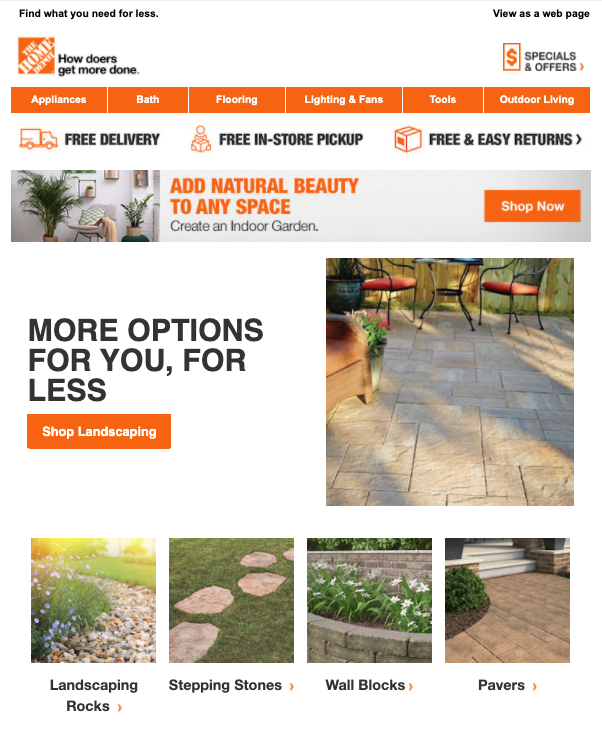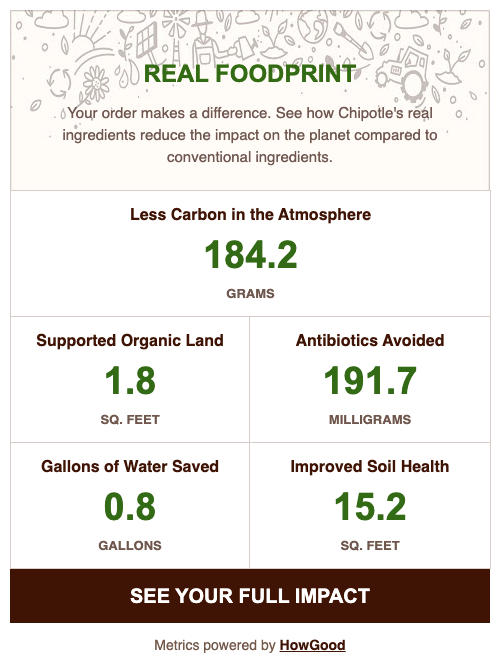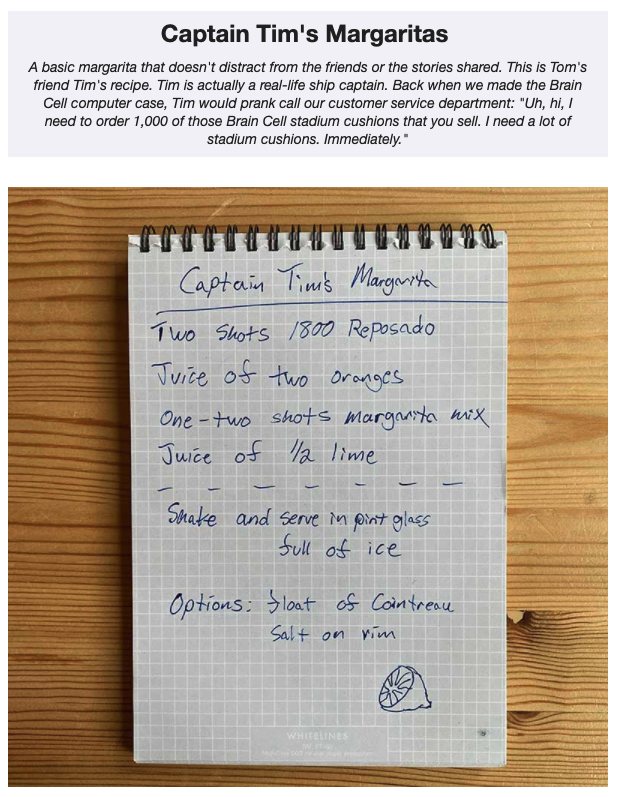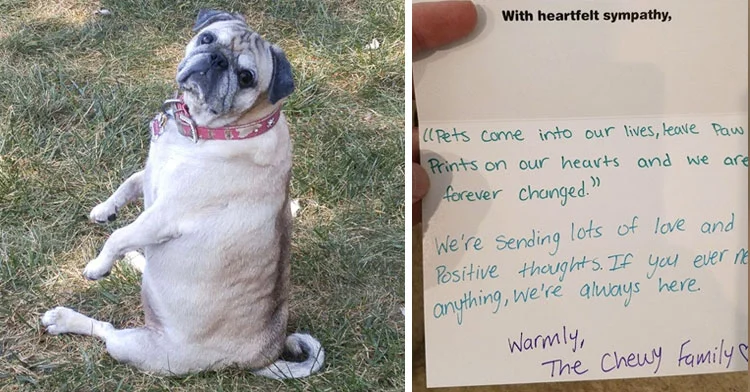You may be familiar with the adage, “Don’t ask someone to marry you on the first date.” We throw that around often when discussing how to effectively build strong relationships with customers. Often, we focus so much on the end goal—click, conversion, sale—that we forget about the steps necessary to warrant a commitment. Developing a relationship with a customer is a lot like developing a relationship with another person. According to Salesforce, “84% of customers say that being treated like a person, not a number is very important to winning their business.” The strongest, healthiest relationships are those where one makes the other better, and vice versa. Therefore, the key to building a meaningful relationship with your customer is knowing that it must be mutually beneficial.
Here are three customer relationship tips marketers should keep in mind:
1. Learn more than just their first name
Personalization is so prevalent these days that 94% of marketers say they are using it in their marketing. We know that utilizing personalization within emails helps to increase engagement. Customers are becoming more aware with nearly 9 out of 10 more likely to make a purchase when brands offer personalized experiences. So why then are only 13% of those marketers satisfied with their personalization efforts? Perhaps it’s that for many marketers, personalization does not go beyond inserting a first name in an email or following a customer with ads of recently viewed products like a lost puppy.
In a recent article, Neil Patel discussed the need to “de-personalize” marketing. He noted that, “just because people are more likely to buy from a marketer who uses their name versus a marketer who doesn’t, what about the marketer who does more than use name tags?” If you’re not going to go beyond a first name insert, how are you going to stand out? How can you truly build a relationship with your customer?
A great example of a brand truly leveraging their data in a personalized manner is Chewy.com. This is not my personal experience, but it has been discussed on various social channels. Pet owners recount receiving a condolence card from Chewy after their pet passed away. The card is thoughtful, relevant, and even hand-written:
There are not many brands that even have the data to support such a strong piece of content. But Chewy does, and they take personal data points, like whether a pet is deceased, to truly humanize their brand and connect with their customer emotionally.
2. Move at a pace that’s comfortable for them
When going on a first date, putting the other person above yourself should be prioritized, right? On a date, that may mean holding open the door, offering to pick up the tab, or being attentive to the other person while they’re talking. And if all is going well at the end of the date it’s likely that you ask them for a second. Now imagine going to dinner with your date for the first time and they ask you to go out again before the orders are taken. Weird, right?
Also referenced in the “de-personalization” article by Neil Patel was the 20:1 rule from Michael Hyatt. It is not based on any empirical data, something he admits, but the concept makes sense and resonates with today’s personalization landscape. Hyatt says, “…you have to make 20 relational deposits for every marketing withdrawal.” Those moments from the date are examples of relational deposits. Offering attention, help, and appreciation are ways of showing you care about the other person. Then you may earn that second date.
Here’s an email I received from the Home Depot a day after browsing a couple products related to sprucing up my backyard. Home Depot already has me as a customer in their database and I am logged in on their site, so they know what I am looking at when I browse. No problem by me, so long as they use my information intelligently. And they did.

Their insight into my behavior drove their message. And this wasn’t a message to “BUY NOW”. It was a message of, “Hey bud, I know you’re thinking about landscaping. Here are some options that may be helpful.” That is something a (human) friend would say if they knew I was planning to landscape my yard.
For this key moment in my journey, it wasn’t about the sale, it was about the understanding and the empathy. Home Depot knew more about me than just a name in their database and used that to actually offer me assistance.
3. Create an environment of trust, transparency, and open communication
The strength of any meaningful relationship is held tightly together by trust, transparency and open communication. If you wish to move beyond a first or second date with your customer, maybe even marry them one day, you must prove their loyalty is more than just how much they spend. You must create an environment for customers to feel comfortable communicating back to you, as well.
If you’re asking for their opinion, follow up with them after and acknowledge you heard them. If asking them to provide their preferences adhere to those requests—make them a priority of personalized messaging moving forward. Did you make a mistake? Own up to it, apologize and make it right. Customers really appreciate that. And if your customer is out there talking about how good you are and how well you treat them, make sure you say thank you and maybe give them something nice in return. Surprise and delight is called such for a reason.
Chipotle is a brand making relational deposits of a greater kind to their customers through transparency. Corporate social responsibility plays a major role in their culture and is very appealing to their customers. They lean on this by placing this in my recent order confirmation email. They are telling me I am important and that my business has more impact than just on their bottom line.


In another example from Tom Bihn, a maker of high-end, super durable backpacks and bags, their recent email contained an anecdote from the early days of their business and a margarita recipe referenced in the story. The recipe is even hand-written which in and of itself has a more intimate, personal feel to it.
In both examples, Chipotle and Tom Bihn were connecting with me, their customer, on a personal level. They were not selling to me within this content, but providing a deeper contextual understanding about who they are in hopes of fostering a more meaningful relationship with me.
The future of personalization
McKinsey has a great write up on the future of personalization. The scaling of empathy is one their top points:
“Understanding social cues and adapting to them is how people build trust. That’s not easy to do digitally or at scale. Machine learning is changing that, or at least getting much better at reading and reacting to emotional cues.”
This further reinforces that the key to building a meaningful relationship with your customer is knowing that it must be mutually beneficial. That customers want to be treated like people. And if you’re going to ask your customer out on a date, don’t ask them to marry you right away.



